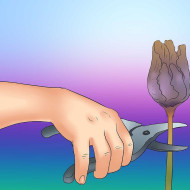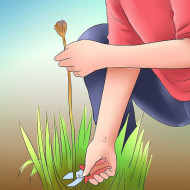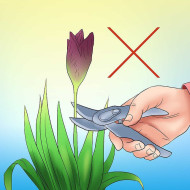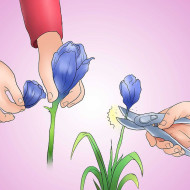Tips for productive winter preparation of irises of different varieties
Content
Pruning features
Irises, which are affectionately known by the people as irises or cockerels, attract attention with a variety of shapes and colors. In nature, there are more than 700 varieties of this decorative culture. Irises quickly and easily adapt to different climatic zones if they are properly cared for.
Autumn care for a flowering crop includes moisture recharge irrigation. Moistening the soil is necessary if the weather is dry and hot. With an abundance of precipitation in the fall, it is recommended to abandon soil moistening. Excess moisture in the soil can lead to rotting of the rhizome of the garden culture.
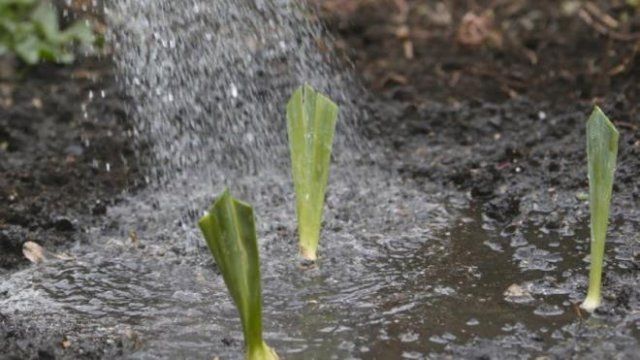
An important role in the care of irises is played by pruning the shrub. Pruning means removing a wilted or withered bud from a flowering plant. Failure to comply with the technology and timing of this procedure can lead to a weakening of the flower, including a decrease in its winter hardiness.
Pruning of irises is carried out at the end of the peak flowering. This procedure consists of several stages:
- At the end of flowering, you need to pinch off with your fingers or cut off the upper part of the flower, which is located immediately behind the bud, with a garden pruner. Please note that you should remove not only the wilting / drying part of the peduncle, but also the green receptacle. Improper pruning will result in a new ovule replacing the green receptacle.
- Check the bud opening every day. Flowers that have not yet had time to fully open or are in the active stage of flowering are not removed.
- After flowering, all flower stems must be cut off. The stem is cut almost at the very base - at a distance of 2–2.5 cm from the rhizome. Do not remove peduncles and stems from plants that bloom several times per season. For example, a bearded iris throws buds twice.
- Iris uses the leaves to fuel the root system, so don't rush to prune them. Dried and withered leaf tips are cut off in mid-autumn.
Pruning and preparing irises for winter depends on the varietal characteristics of the plant and the climate of the growing region.
Video: "Preparing the iris for winter"
In this video, you will learn how to prepare flowering crops for the upcoming frost.
Follow-up care
After 10-14 days after pruning the peduncles, the garden plants are fed. According to experienced flower growers, iris does not tolerate organic soil fertilization. Therefore, it is better to use superphosphates and any potassium salts to feed this ornamental culture. If winter is expected to be early, long and very harsh, it is best to feed ornamental crops before pruning. Plants take time to heal and recover.
Planting and transplanting
Autumn planting and transplanting of iris helps to improve the development and flowering of the culture. When choosing a planting site, it is recommended to take a closer look at the areas of the garden that are open to the sun. This flower culture is afraid of drafts and excess moisture.
You need to repot the bulbs in dry and sunny weather.If autumn turned out to be cold and damp, it is better not to risk it and postpone planting until spring. The bulbs planted in open ground must have time to take root and adapt to new growing conditions before the first frost. In the Leningrad region and in the regions of central Russia, one should be guided by the weather forecast, since there are often sharp changes in air temperature.

Shelter before frost
Often from novice gardeners you can hear the question whether it is necessary to cover the irises for the winter. Let's figure out how to properly cover irises in order to achieve abundant flowering next year.
The technology for sheltering irises for the winter depends on the varietal characteristics of the culture being grown. Most of the domestic varieties are adapted to the harsh and sometimes very changeable climate of Russia. Siberian, yellow, bristly, marsh and eastern irises winter best. The most delicate, fragile and unstable are tall varieties of bearded iris, Dutch, Spanish and Japanese bulbous crops. Nameless, comb and lake irises require more careful shelter for the winter, as they are characterized by weak indicators of frost resistance.

Most of the domestically bred irises do an excellent job with heavy snowfalls and harsh winters. The period of climate change or a sharp warming in the middle of winter is considered more dangerous. Young seedlings and plants transplanted in summer or autumn must be covered for the winter. Flowers weakened after illness or insect infestations also need additional insulation. Old irises, in which the rhizomes have grown so much that they can be seen almost on the very surface of the earth, need to be mulched with peat, dry sand, tree bark, spruce twigs and fallen leaves. For mulching flowering crops, you should take material that does not absorb moisture.
According to the reviews of experienced gardeners, it keeps heat well, does not absorb excess moisture and promotes air circulation, the seared oak foliage. The mulch layer should be no more than 10 cm. Otherwise, the root system will rot.
Iris varieties that are not resistant to frost and sudden temperature changes are covered with pine spruce branches or any non-woven material. Make sure that moisture does not accumulate inside, and the plants can "breathe".
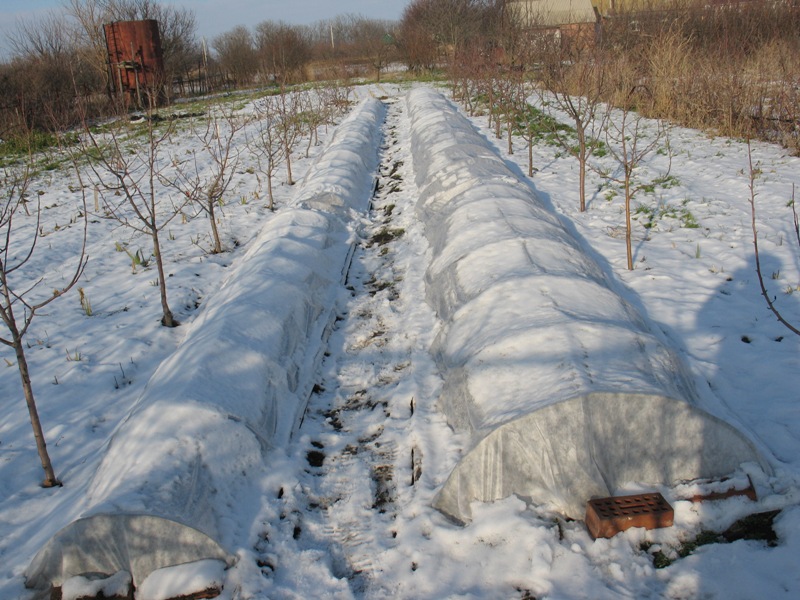
Landmark for geography
The approach to warming flowering garden plants depends on the climatic characteristics of the growing region. The southern strip of Russia, where winters are mild and warm, is considered the most favorable region for the cultivation of delicate and fragile ornamental plants. Irises growing in the Krasnodar Territory, in the Kuban and in the Crimea are not insulated for the winter. For successful wintering, it is recommended to mulch the soil with peat, dry sand and fallen leaves.

Despite the absence of severe frosts in winter, the Moscow region is characterized by frequent temperature changes. To protect flowering plants, protective frame structures are erected in the garden. As for the wintering of irises in the Urals and in the Siberian region, it is worth taking care of more reliable warming of plants. Flowers are mulched, covered with "breathing" non-woven fabric and pine branches. With the arrival of spring, do not rush to open the irises.

